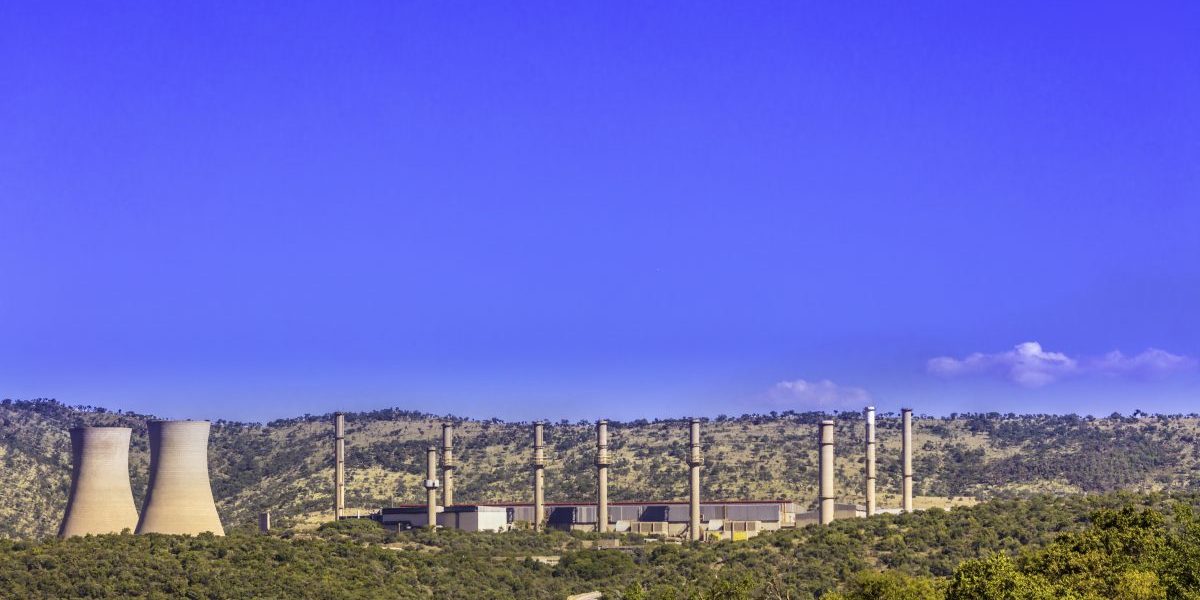On 23 January 2020, the authoritative Bulletin of the Atomic Scientists adjusted its Doomsday Clock to 100 seconds to midnight. Since its establishment in 1947, it has become a barometer of global nuclear threats and vulnerabilities. The adjustment of the Doomsday Clock brought it the closest ever yet to the apocalyptic nuclear midnight. The current state of global nuclear disarmament is important to consider in this regard, especially as the COVID-19 global health pandemic has not disrupted the nuclear aspirations of certain states. There are, however, some positive developments, such as the entry into force of the Treaty on the Prohibition of Nuclear Weapons on 22 January 2021.
At the same time, alternative sources of electrical power generation are gathering attention, due to global demands for sustainability and environmental considerations. African states are attempting to increase electrification, and at least 17 of them are considering adding nuclear power to their energy mix. Many African states already have a track record of using nuclear energy for peaceful purposes. Nuclear energy has a long history in North Africa, where Egypt acquired a research reactor in 1961 and Algeria and Libya followed suit in the 1980s. All three countries have plans for expanding their nuclear programmes, with Egypt being the most advanced in its implementation.
SAIIA’s ‘Atoms 4 Development’ Project focuses on the nexus between nuclear security in promoting global peace and the peaceful use of nuclear technology in catalysing development towards Africa’s achievement of the United Nations’ Sustainable Development Goals (SDGs) and the African Union’s Agenda 2063.This Project is generously funded by theNorwegian Ministry of Foreign Affairs.
Join us for this webinar as the Project presents its latest research.

